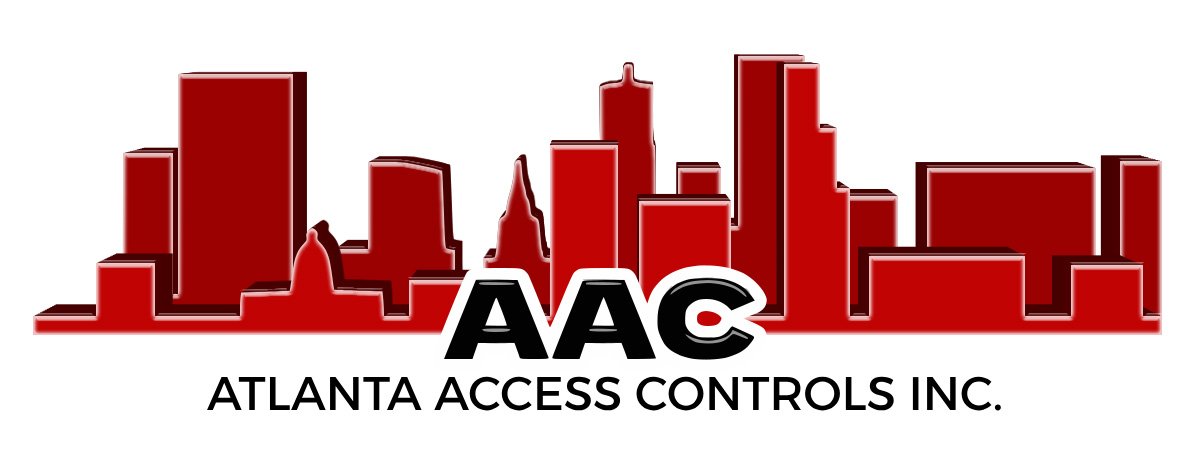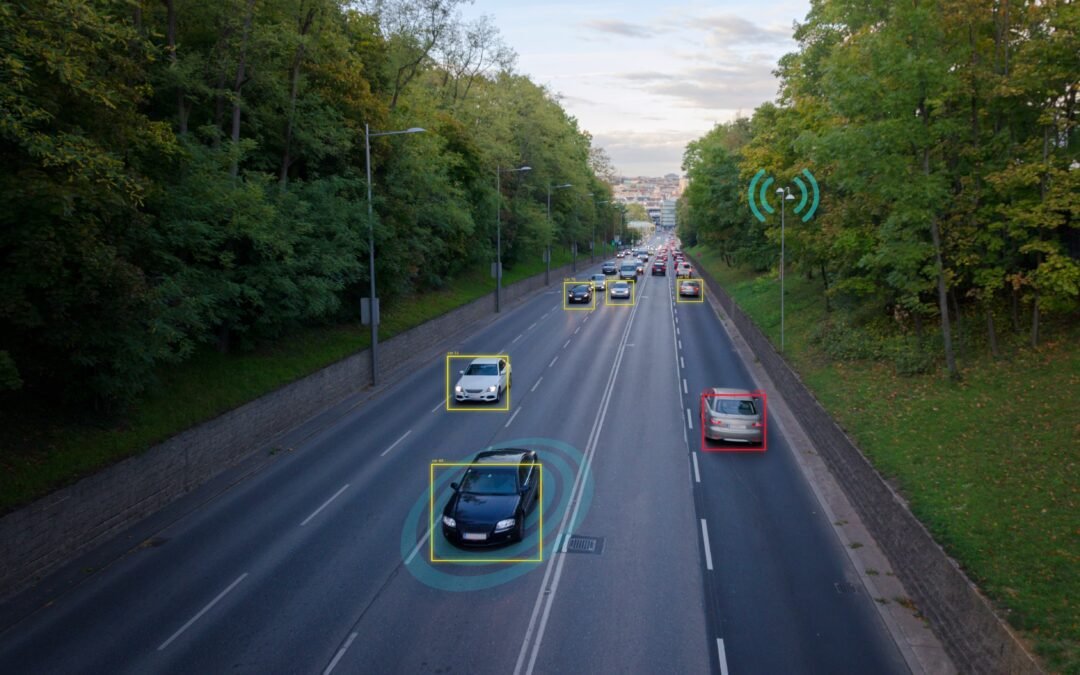Read – only LPR systems focus solely on capturing and storing license plate numbers, providing a simple yet effective way to track vehicle movements. These are ideal for applications where only vehicle identification is nec essary, such as logging entries and exits for auditing purposes. Read plate and state systems go a step further by not only capturing the license plate number but also identifying the state issuing the plate. This additional data can be useful for disting uishing between local and out – of – state vehicles or for implementing more tailored access controls based on geographic location. Read plate, state, and vehicle details systems are the most advanced, capable of recording license plate information along with vehicle type (car, truck, van), color, and other distinguishing features. This comprehensive data set allows for enhanced security measures, such as verifying vehicle types against permitted access lists or quickly identifying suspicious vehicles based on their make and appearance.
More info:
Unlocking the Power of License Plate Recognition in Security
How License Plate Recognition Works
The Cutting – Edge Benefits of License Plate Recognition Tec hnology
1. Enhanced Security and Surveillance
2. Increased Access Control Efficiency
3. Improved Safety in Educational and Healthcare Settings
4. Cost Savings and Operational Efficiency
5. Seamless Integration with Other Security Systems
Innovations and Trends in License Plate Recognition Technology
Artificial Intelligence (AI) and Machine Learning: These advancements improve recognition accuracy, especially in difficult conditions such as dirty, damaged, or obscured plates. AI systems adapt and learn over time , reducing false positives. Cloud – Based Platforms: Cloud integration allows for remote access, scalability, and centralized management. Businesses can monitor vehicle activity from anywhere, increasing flexibility. Mobile LPR Solutions: Portable cameras and smartphone apps enable quick scans during inspections or special events, providing dynamic security options. Enhanced Data Security and Privacy: Modern systems incorporate encryption and privacy safeguards to protect sensitive vehicle data, ensuring compliance with data regulations.
Real – World Applications of License Plate Recognition
Commercial Parking Lots and Garages: Automate entry and exit, reduce congestion, and improve customer experience. Educational Campuses: Manage visitor access, track vehicles, and enhance overall campus safety. - Transportation and Logistics: Monitor fleet vehicles, streamline delivery access, and prevent theft.
- Healthcare Facilities: Control access to restricted zones and maintain detailed visitor logs.
Government and I nstitutional Sites: Protect sensitive areas with precise vehicle tracking and access controls.

